How is your company planning logistics? Do you know if the forecasts you are sending to your supply base are fully utilizing the trailers you are paying for? If the trucks are not being filled, have you considered stop off opportunities within your network to reduce LTL and small parcel shipments?
How many pallets per shipment are you forecasting to ship by small parcel, and what is your cut off to switch to LTL? Are you assuming the 3/4PL company that your purchasing department selected to be the low-cost provider, based on a fixed data set, is making effective cost reduction decisions?
All the pieces of the puzzle needed to make these decisions for your company are known pieces of information. Your planning team should have all of this, and with a little organization this data can be put together into a tool that will provide you the visibility your team needs to plan logistically and efficiently. Thus, providing you with a complete picture that also holds your supply base as well as that 3/4PL provider accountable!
Now let’s think about the puzzle pieces required to pull together a tool that would forecast the number of pallets required by supplier, freight lane, or by transit mode in your daily, weekly, or monthly buckets, and ultimately calculate projected utilization. This resulting tool is desirable in house so that this data could be reviewed by your planning staff BEFORE those forecasts committing you to logistics waste, are sent to the supply base and that 3/4PL.
What would you need?
Plan for Every Part – Cube data: LxWxH detail by part at the box/pallet level; including weights
Routing Detail – How does each part ship? Mode, frequency, lane details. Include all costs
Part Requirements – What is the forecast, by part, that your current ERP system is projecting?
Supplier Details – Origin/destination; shipping details
Think about it. All of these details are in use in your business today. The missing piece of the puzzle is the LRP tool to pull the information together into one process. It is time to make effective use of the data you already have, to run a logistically cost-effective operation.
Our team at Dynamic Improvement Group can help you develop both the tool, and the process.


Comentários